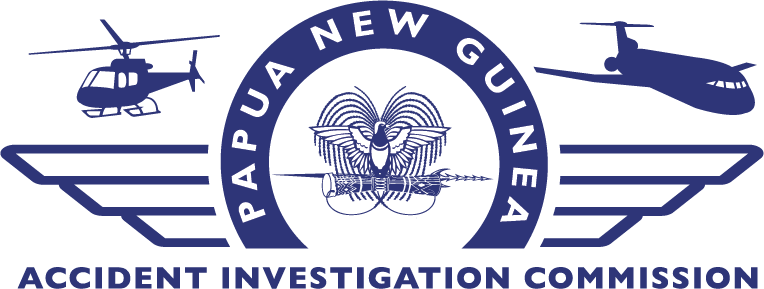

AIC Recommendation Assessment Rating Guide
Responses to AIC recommendations are assessed based on the extent to which the underlying safety deficiency has been or is being addressed. The acceptance or understanding of a deficiency by a respondent is not a criterion for the assessment rating. The assessment criterion is the potential or actual effectiveness of action planned or taken to reduce or eliminate the deficiency.
The AIC uses seven categories to assess responses:
fully satisfactory rating is assigned if in the opinion of the AIC, the action taken will substantially reduce or eliminate the safety deficiency. An acceptable alternative course of safety action to the one suggested by the recommendation may have been taken.
satisfactory intent rating is assigned if in the opinion of the AIC, the planned action, when fully implemented, will substantially reduce or eliminate the safety deficiency, and meaningful progress to address the deficiency has been made since the recommendation was issued. However, for the present, the action has not been sufficiently advanced to reduce the risks to transportation safety. The AIC will monitor the progress of the implementation of any planned actions and will reassess the deficiency on an annual basis or when otherwise warranted.
satisfactory in part rating is assigned if the planned action, or the action taken, will reduce, but not substantially reduce or eliminate the deficiency, and meaningful progress to address the deficiency has been made since the recommendation was issued. The AIC may follow up with the respondent with the aim of further mitigating the risks associated with the deficiency. The AIC will reassess the deficiency on an annual basis or when otherwise warranted.
unsatisfactory rating is assigned if no action has been taken or proposed that will reduce or eliminate the identified safety deficiency. This rating may also be assigned when recommendations have been issued and outstanding for more than 2 years and there is no precise action plan or timeline provided to complete the required safety actions. This rating applies to situations where, in the AIC’s view, the safety deficiency will continue to put persons, property or the environment at risk. In such a situation, the AIC will reassess the statement of the deficiency and pursue the issue with the respondent, in the hope of acquiring additional convincing information. The AIC will reassess the deficiency on an annual basis or when otherwise warranted.
unsatisfactory not accepted rating applies to situations where, in the AIC’s view, the safety deficiency will continue to put persons, property or the environment at risk and is assigned if the respondent demonstrates that no action will be taken to reduce or eliminate the identified safety deficiency.
unable to assess rating is assigned if no response has been received to the recommendation or if the response received does not contain sufficient details to enable the AIC to make a meaningful determination on whether the safety deficiency will be reduced or eliminated. The AIC will follow-up with the respondent to seek a more comprehensive response and will reassess the deficiency on an annual basis or when otherwise warranted.
not yet assessed rating is assigned if the recommendation has been recently issued and a formal response has not yet been received and/or formally assessed by the AIC within 60 days of it being issued. The AIC will normally complete its formal assessment of responses within 60 days of their receipt.
Status of the Recommendations
Recommendations can be assigned one of five status designations as follows:
Closed Response Accepted
The assessment determines that the safety deficiency is rectified, or the residual risk is relatively low (Fully Satisfactory).
Closed Response Not Accepted
The assessment determines that there is a residual risk and the identified safety deficiency will continue to put persons, property or the environment at risk, and the respondent demonstrates that no action is planned to be taken to reduce or eliminate the identified safety deficiency.
Active
The assessment determines that the residual risk associated with the deficiency is sufficient to warrant continued AIC involvement.
Monitor
The assessment determines that the proposed safety action should address the safety deficiency, however until the safety action has been fully implemented, there remains a residual risk. The AIC will monitor implementation progress, and will make a further assessment when it receives evidence of the full implementation of the proposed rectification action.
Dormant
The assessment determines that there is a residual risk, but no further action is planned to be taken and continued re-assessment by the AIC will not likely yield further results. Dormant recommendations will not be re-assessed on a regular basis. However, occasional reviews will be conducted to see if any dormant recommendations should be reactivated and/or reassessed. The AIC may also reassess a dormant recommendation at any time if actions have been taken which significantly reduce the residual risk.


